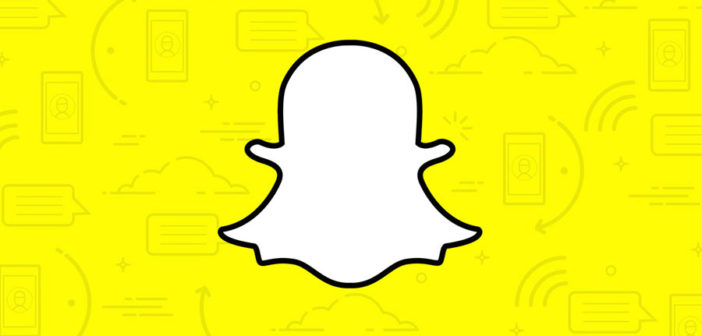Buyers can limit which content categories ads appear in
YouTube, Twitter and Facebook aren’t the only platforms grappling with brand-safety concerns. As advertisers demand more transparency into where their ads are running, Snapchat is adding new tools that let advertisers manually weed out where their ads appear.
In March, WPP-owned GroupM reportedly sent clients a memo warning them about “explicit adult content” on Snapchat after an advertiser was concerned about its ads running before or after a pornographic image. GroupM’s chief digital officer told The New York Times that his firm advised brands concerned about brand safety to run ads within Discover—the polished section of the app where publishers create daily editions of content—or buy lenses and filters that aren’t surrounded by user-generated content. Still, publishers’ slick Discover editions and content elsewhere can be landmines of questionable content that brands may be uncomfortable to associate themselves with.
This week, Snapchat added controls for marketers that use the company’s software, either through the self-serve platform or API, to purchase 10-second Snap Ads. While the app has deals in place with Moat, Integral Ad Science and DoubleVerify that monitor brand safety protocols, the new controls are manual and meant to appeal to advertisers with more stringent concerns about specific types of content like news.
Up until now, advertisers have had limited placement control and can either buy placements across all Snap Ads inventory or across all of Snapchat’s premium content, which includes Discover, shows and “Our Stories,” the collections of live footage created from live events.
Now, there are three ways to limit ad placement. Advertisers can choose to remove six types of content from their media buys within Discover and user-generated stories. The most notable category is news, which can often include graphic and unsavory content. The five other categories are entertainment, science and technology, beauty and fashion, men’s lifestyle and general lifestyle. Discover news partners are CNN, The Washington Post and The New York Times. General lifestyle groups the Food Network, Tastemade and The Dodo’s content together and entertainment buckets BuzzFeed, Entertainment Weekly and iHeart’s channels.
Another control option whittles down an ad buy to only premium Discover inventory plus a category filter. For example, advertisers can choose to only appear within Discover but not next to any news content.
A third control only targets user stories and the millions of user-generated posts that are published to the app every day. These placements cost less than Discover’s premium cost-per-impression (or CPM) model.
By default, Snap Ads run within all available ad inventory and are the recommended method Snapchat advises brands on because the app’s auction can suss out which ad placements perform best and can be used to improve targeting.
Avoiding any type of Snapchat content could be a problem for advertisers looking for reach and scale, though, particularly with Wall Street’s concerns that Snapchat is not growing fast enough and is only a fraction of the size of competitors like Facebook and Instagram. During its recent quarterly earnings, Snap reported 173 million daily active users, while Instagram Stories has 250 million users and Facebook counts 1.32 billion daily active users.
According to Snap, the new manual controls are built into the API partners and the self-serve platform in all 39 countries that support Snapchat advertising.
–
This article first appeared in www.adweek.com
Seeking to build and grow your brand using the force of consumer insight, strategic foresight, creative disruption and technology prowess? Talk to us at +9714 3867728 or mail: info@groupisd.com or visit www.groupisd.com




